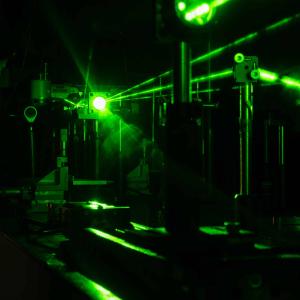Investigations led by condensed matter physicists at Lehigh include studies of the theory of exotic materials such as two-dimensional layered solids and topogical insulators, along with experimental studies of light emission from wide-bandgap semiconductors, defects in semiconductors, exciton dynamics and quantum-entanglement in organic semiconductors, or new materials for integrated photonics.
Research
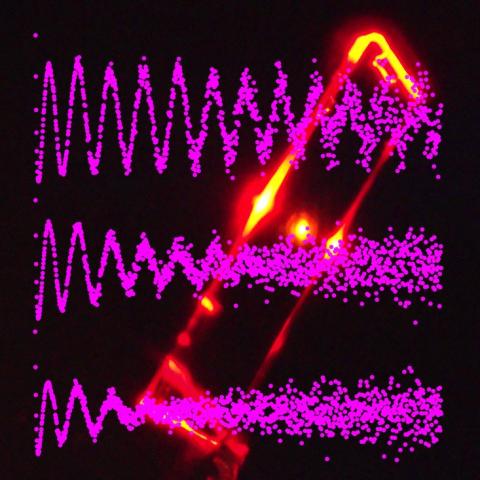
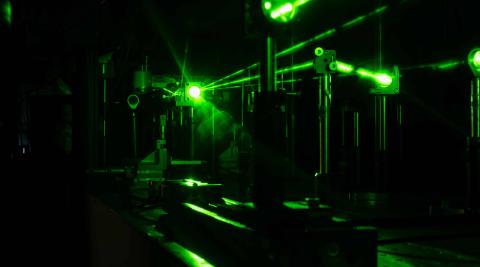
Quantum Science with Photons, Atoms, and Solids
Faculty members at Lehigh are working on various aspects of quantum science such as the control of atomic quantum states at ultra-low temperatures, the theoretical study of exotic quantum phases of condensed matter, and the investigation of rare-earth atoms in wide-bandgap semiconductors. Furthermore, light and short-pulse lasers are used to investigate new effects and materials systems with novel properties.
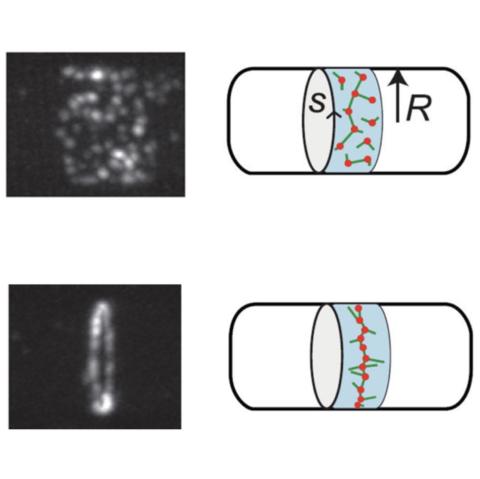
Biophysics
Researchers in biophysics at Lehigh investigate the organization and dynamics of living systems as well as biological and soft materials using the powerful tools and techniques of theoretical and experimental physics.
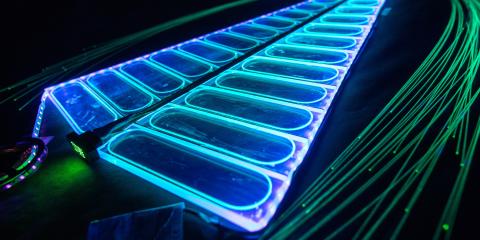
Nuclear Physics
Nuclear physicists at Lehigh investigate the relativistic collisions of heavy nuclei to study a novel state of matter called the quark-gluon plasma that existed in the first few microseconds after the Big Bang that originated our universe.
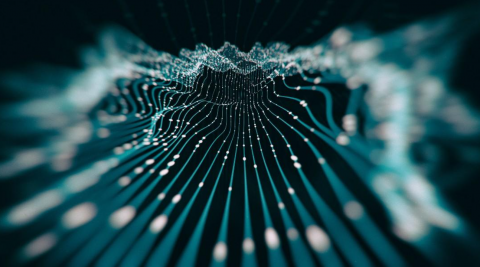
String Theory and Cosmology
The string and high-energy theory group at Lehigh studies fundamental aspects of quantum gravity, the evolution of the early universe, the properties of black holes, and the behavior of strongly correlated quantum phases of matter.

Astrophysics
Astrophysicists at Lehigh conduct theoretical and observational studies of stars and planets. Stellar astrophysics and the investigation of planets beyond our solar system are areas of particular interest.

